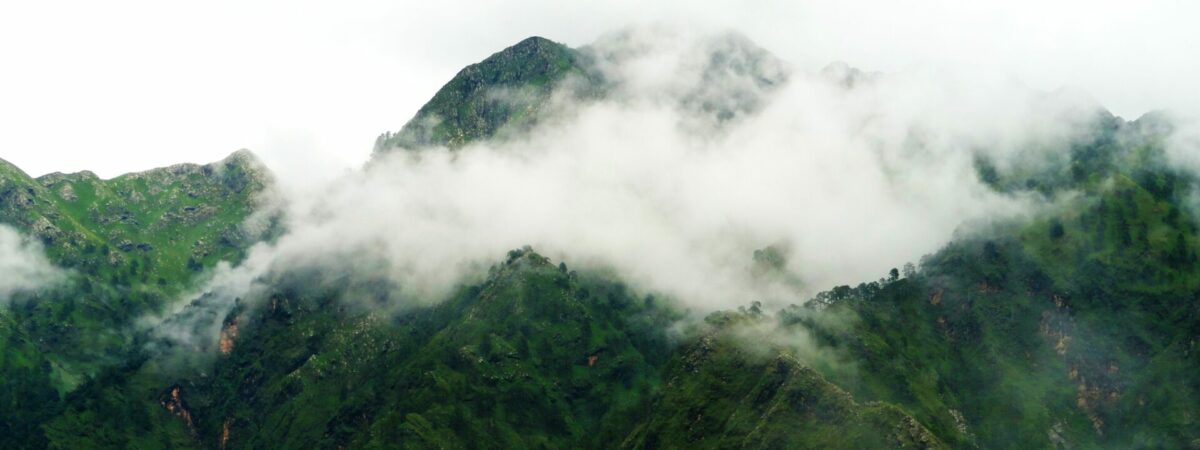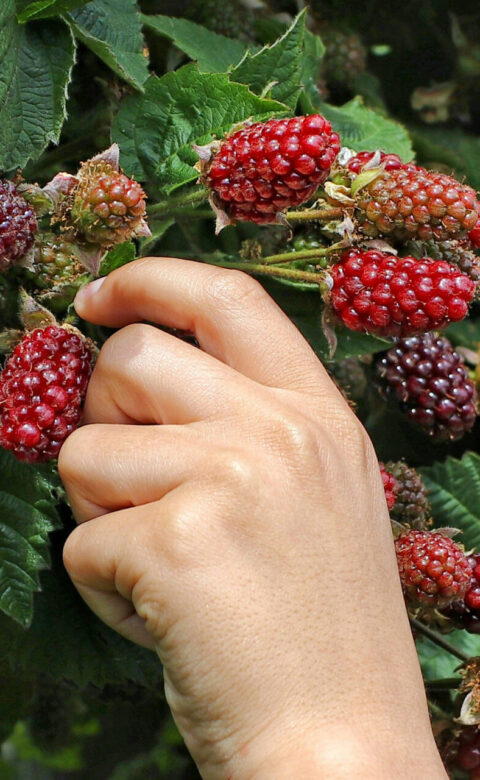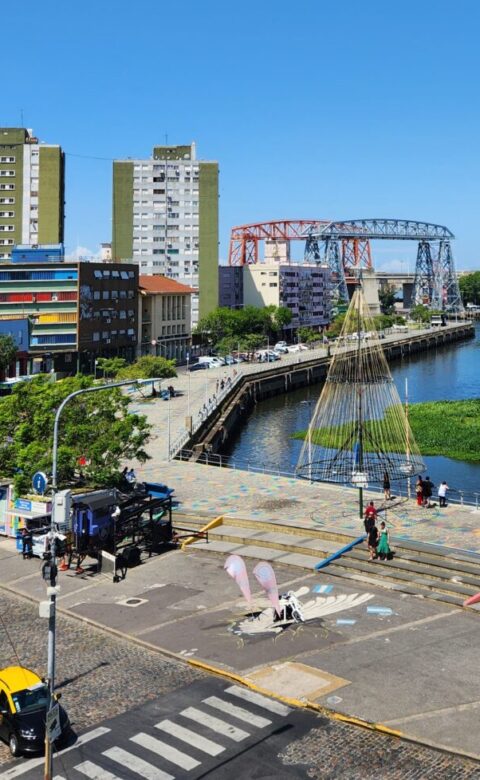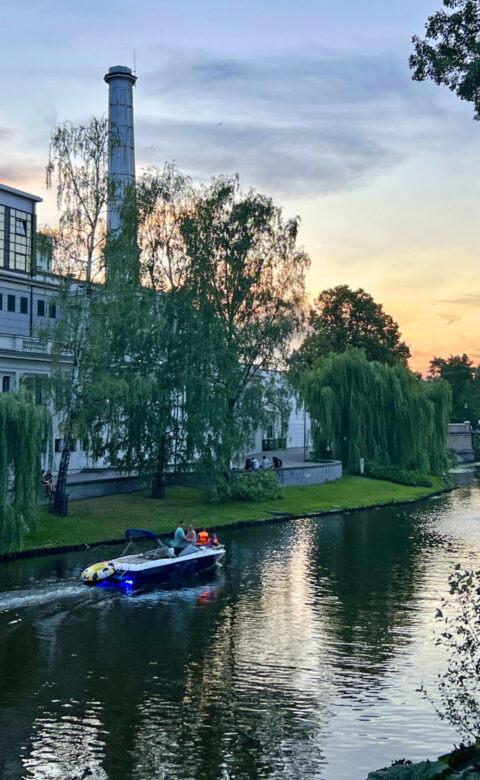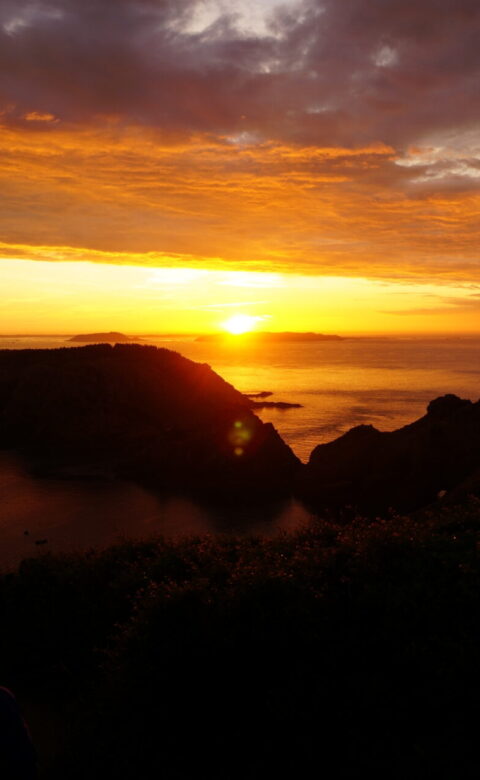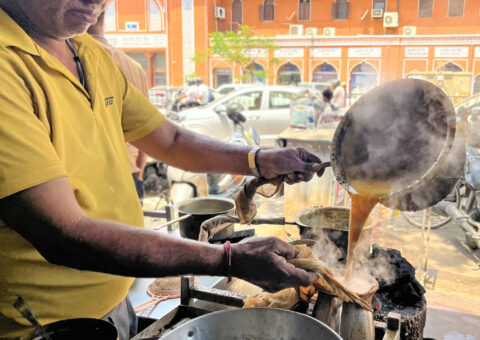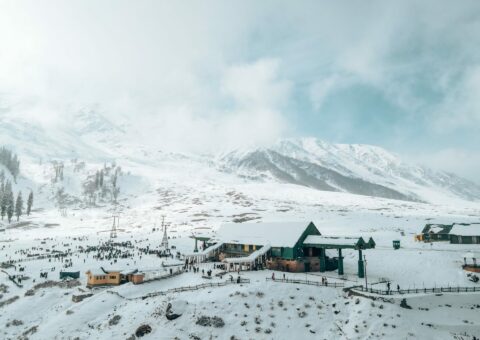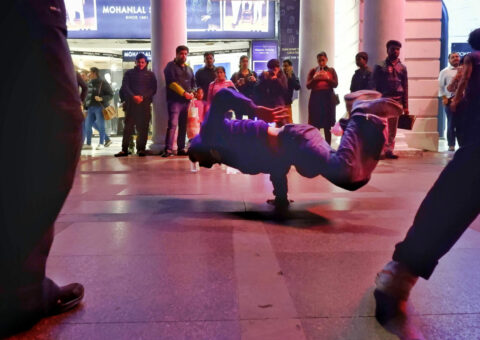S. Rupsha Mitra heard stories about Vaishno Devi from her grandmother, but nothing could have prepared her for the difficult and spiritually enlightening pilgrimage to the shrine.
Vaishno Devi, located in Katra, Jammu, and Kashmir, is the famous divine destination of the Hindu Mother Goddess, Adi Shakti, or Durga. Grandmother had explained many myths about this place to us as children. As adults, my grandmother, my parents, my sister, and I decided to go on a pilgrimage to Vaishno Devi.
This pilgrimage was bright in our minds when we heard stories of the Shakti (cosmic feminine energy) rising in the mountains, but what we did not know was the arduous journey by foot that had to be accomplished in order to reach Vaishno Devi Temple.
In ancient times, the idea of a pilgrimage was considered to be the attainment of the omnipotent ishwar (supreme power) in mortal life. This pilgrimage delivered an utter euphoria that was quite indescribable in words. However, seated by the window of a three-star hotel, watching the twinkling shimmer of the mountains where Vaishno Devi Temple is located, I did not believe the 14-kilometre journey would be difficult.
We decided to start our journey at about 9:00 at night. After walking for a while, I realised how tedious it could be to walk for such huge stretches of time. It felt like an unending journey. My sister remarked she felt like going back. I was fatigued, yet the constant chanting of “jai mata di” (victory to the Mother Goddess) along the way and the eager excitement of my grandmother ignited a fire in me to continue walking.
We rested for some time between the long stretches of walking. While sipping chai (tea) in the recesses in time, we talked a lot about the age-old histories of Vaishno Devi and how the goddess took birth as a symbol of righteousness in the world. We talked about Indian mythology and the emergence of the Goddess as another rup (form) of Durga.
On our pilgrimage we watched palki bearers carrying old grannies and grandpas. They were chanting “jai mata di” along with the young people while their eyes glittered from the lights along the path. Some people rode horses all the way to the temple. I had a feeling of vibhatsam (repulsion) when I fell and hurt myself while climbing the steep slopes of the mountain. But everyone’s enthusiasm further inspired us in the journey full of hardships.
Halfway through the journey, we bought lathis (long bamboo sticks) from a nearby store for support while climbing. We were quite unprepared, not knowing what the temperature would be, and we didn’t have woolen clothes with us. As a result, as we neared the end of the journey, we were shivering from cold as it was raining.
Finally, after about twelve hours confronting all fears and difficulties, we reached the Vaishno Devi Temple. It was really a euphoric, divine feeling when we neared it.
Entering the shrine of the Goddess, I felt a rush of emotions in my heart, similar to the Rasa Theory, which is a theory of emotions stated in the Sanskrit treatise on the arts called Natya Shashtra. This theory of emotions initially depicts bhayanakam (fear), raudram (wrath), and vibhatsam (repulsion) — what I felt while confronting the difficulties — and it eventually gives in to shantam (peace). This is what I felt deeply in my ribs at the enlightening sight of the Goddess. It is a way of understanding, as I did, that there is no greater emotion than feeling that contentment and peace, then plunging into ecstasy. It is an amalgamation of all rasas.
In Lalon Fakir’s famous poem “Aarshinogor,” there is a verse that says “God lives in and within ourselves.” Similarly, it felt as if the Goddess had called upon us to journey to her shrine to explore the truth that she is actually always within us.

